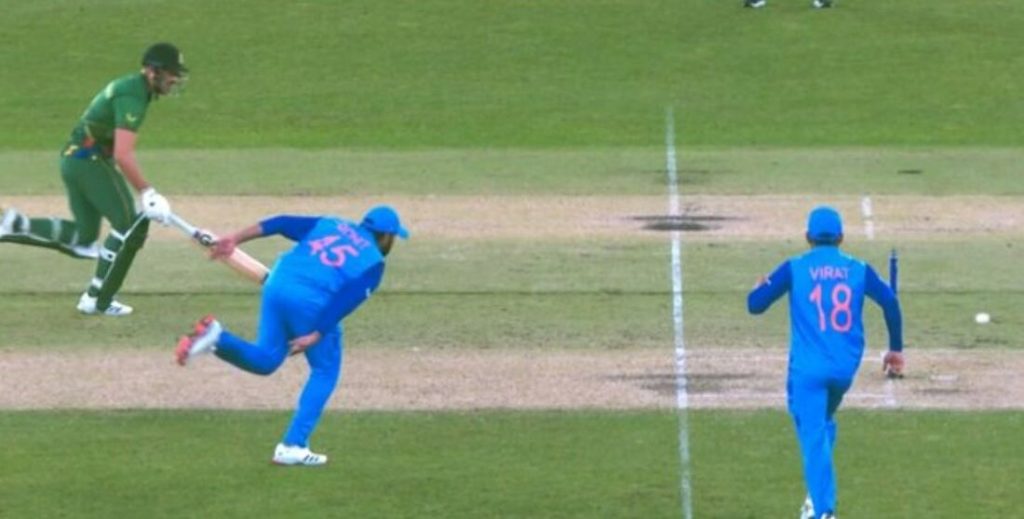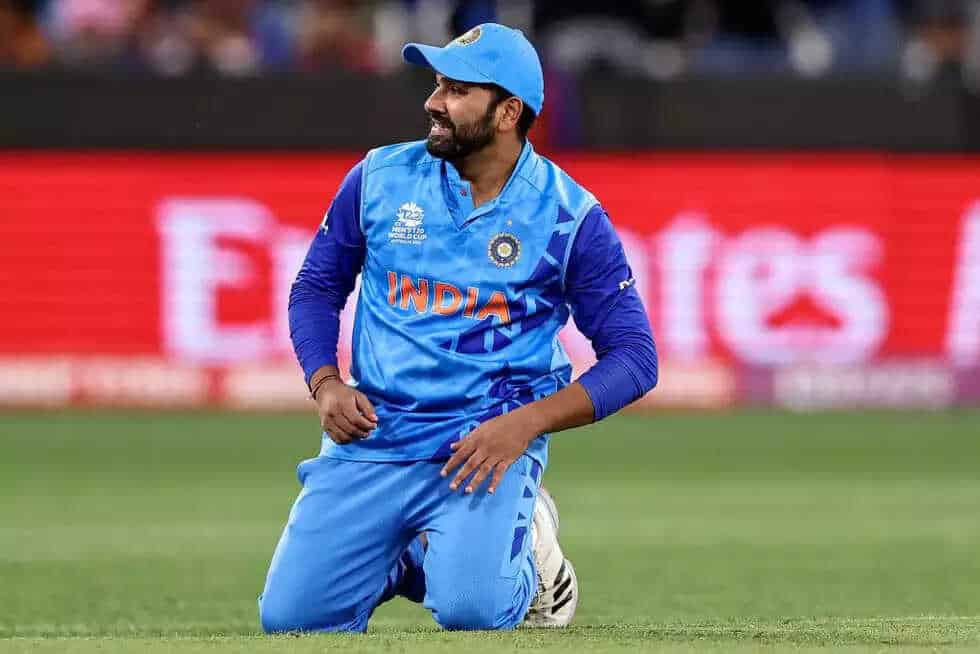T20 World Cup 2022: India's on-field sluggishness is a real one

Ravichandran Ashwin looked giddy, and Rohit Sharma held his hand on his head. Virat Kohli had just dropped a routine catch at deep mid-wicket and gave a respite to the dangerous Aiden Markram. Just an over later, Rohit doubled down on the charity by missing an under-arm throw with all three stumps for the target. They were the last remnants of India's victory in Perth, which would seal their route to the T20 World Cup semi-finals.
Earlier Suryakumar Yadav had missed the runout and Arshdeep Singh was slow on a few occasions, finding himself a scandalous glare from Rohit. At the end of the game, the Indian captain did not sugarcoat the sluggishness behind excuses. He said "We were just not good enough. In the last two games, we were pretty good on the field. We couldn't hold our chances, we missed a few run-outs. We need to keep our heads high and learn from this game."

As a response, India announced that their second training session would take place between 6 pm and 8 pm at the Adelaide Oval before their game against Bangladesh. This is likely to include a fielding session under lights, a first since the start of this World Cup. Except for Karthik, who practiced with fielding coach T Dilip. India has not exclusively practiced their fielding due to scheduling and the long travel distance between games. They practiced catching only once in the evening at the MCG before the Pakistan game, but not after that. Babar Azam's team, in fact, had done two separate training sessions that day, especially to get used to catching under lights and under gusts of wind.
The numbers paint a grim picture. Between the last two World Cups, India has dropped 32 catches in 35 T20Is and this does not include a half chance or a reflex caught and bowled chances. Add them in and we're looking at a number in the region of 50. Earlier this year in Southampton, in a game where we won a 50-run victory over England, India dropped five straight catches, with Karthik being a repeat offender three times.

Even after four months, India has not stabilized and has only retreated. However, it is also not clear how they are trying to improve. It's good to hear the captain admitting that there is a problem on more than one occasion, but without any remedial response, they are what they are, just words.
However, there is no quick fix to India's fielding problem in the short format and Dilip and Dravid have a task on their hands. They are already without an elite fielder, Ravindra Jadeja, in this tournament and suddenly find themselves with an aging squad - an average of 31 with big boundaries in these Australian venues. A lot of fielders are also not able to make a difference consistently. When Kohli made two brilliant fielding in the warm-up match against Australia in Brisbane, Gavaskar said: "He should be in the playing XI just for his fielding".

Ravi Shastri on commentary during the Australia series said "If you look at all the top Indian teams over the years, there is youth and experience. I find the youth missing here and hence the fielding. If you look at the last five-six years, fielding-wise, I think this side is no match to any of the top sides when it comes to fielding. And that can hit badly in big tournaments. It means that as a batting side you have to get that 15-20 runs game after game, because if you look around the field, where is brilliance? There is no Jadeja. Where is that X-factor?"
READ ALSO: India tour of New Zealand 2022 Squads, India tour of Bangladesh 2022 Squad
Visit ICC CRICKET SCHEDULE for more cricketing updates.
